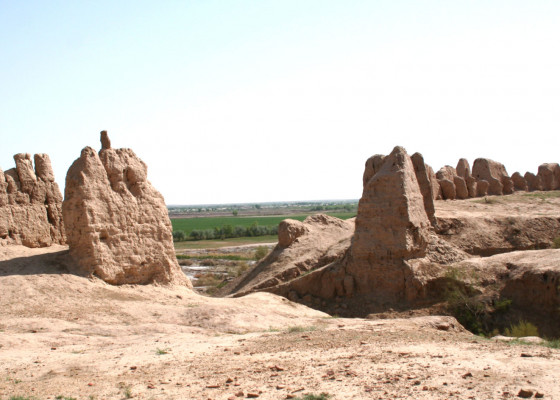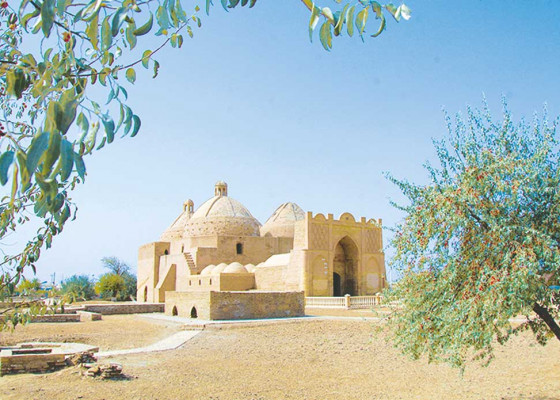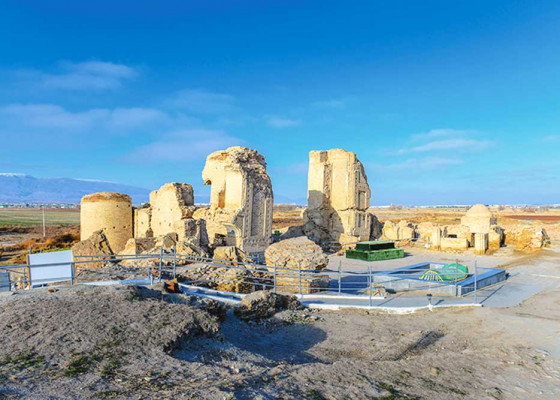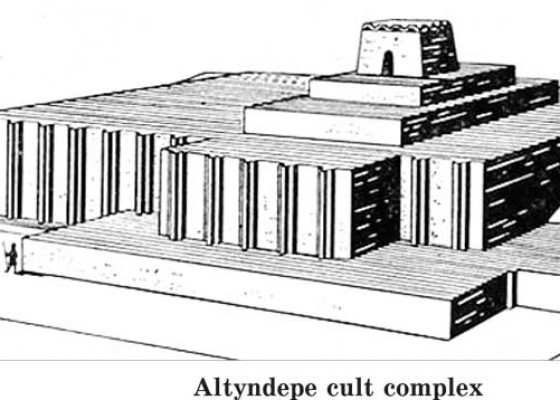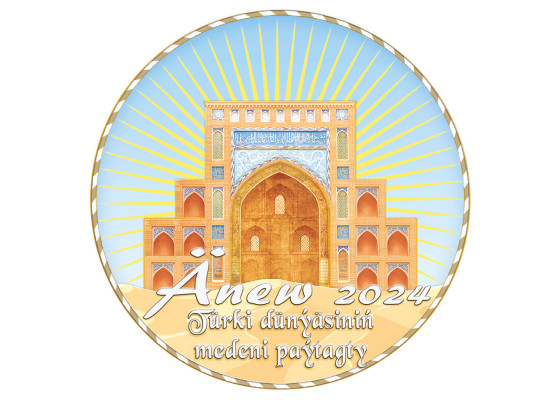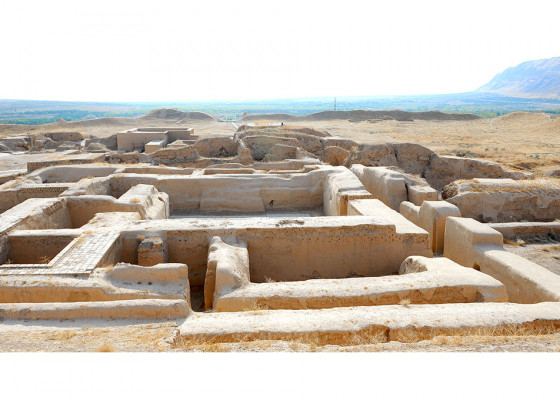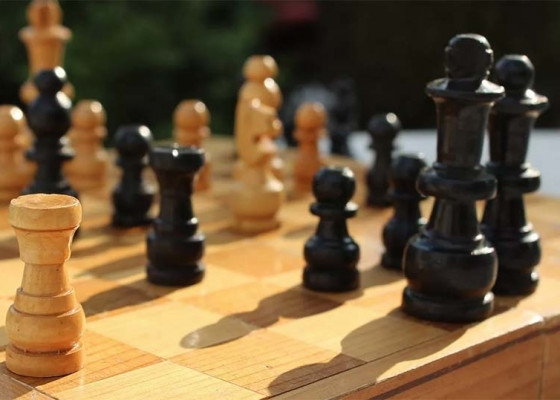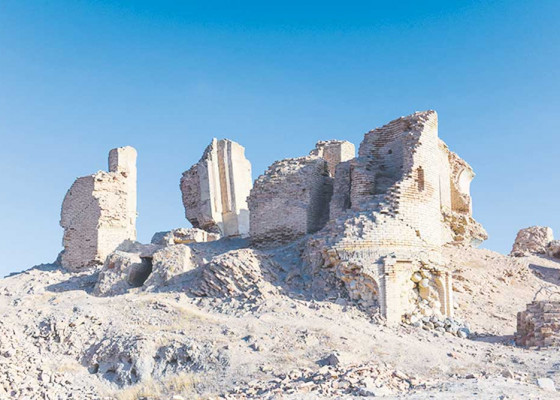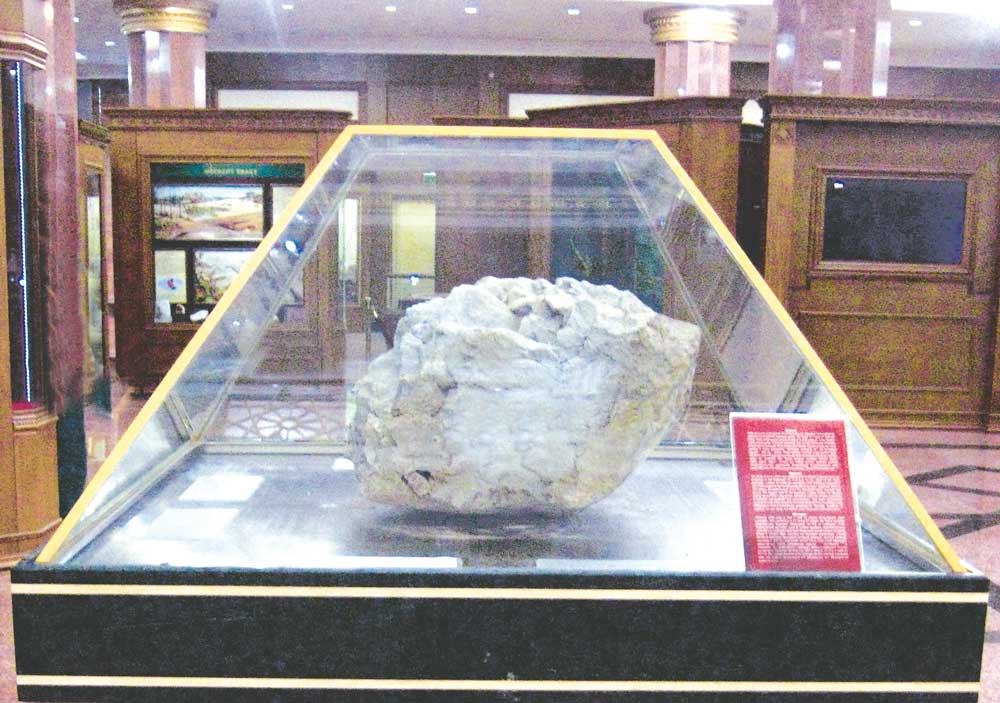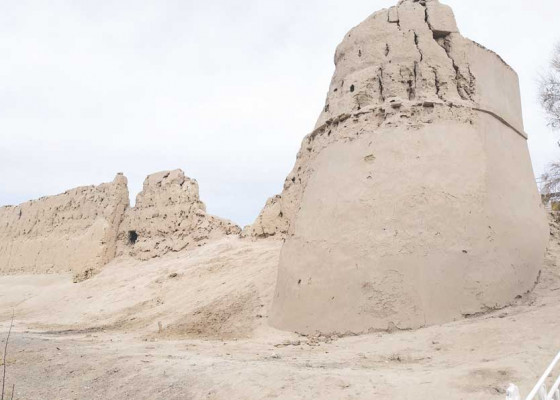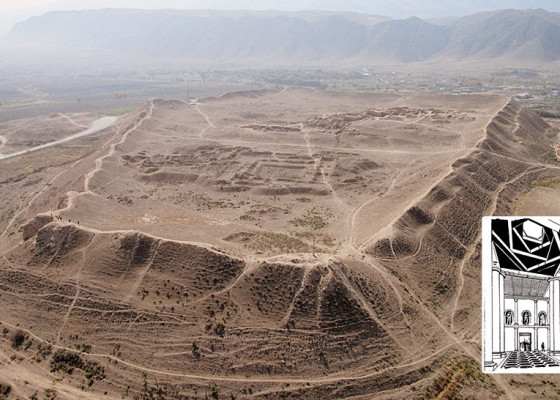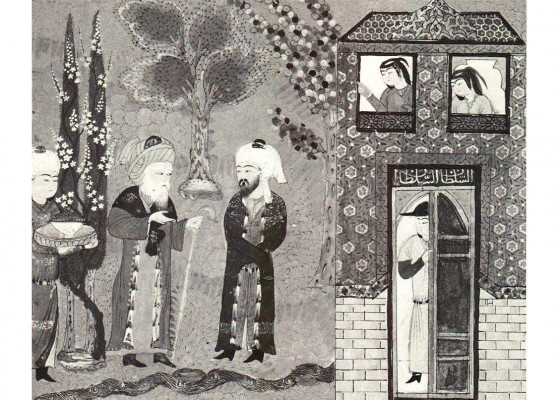Ancient farming culture of the Turkmen people
Turkmenistan is one of the countries with a unique national cultural heritage dating back thousands of years. It is known that the first settled farming in the history of mankind took place in the ancient lands of Damdamcheshme, Jebel, Uzboy, Was, Jeytun, Goksüyri, Altyndepe, Anev. The results of archaeological excavations conducted in the territory of Turkmenistan prove that it is one of the places where the ancient agricultural culture of the Motherland originated. The Jeytun culture, which belongs to the Neolithic era, is considered the place where the first agriculture appeared in Turkmenistan.

